Welcome to the SW Montana Centennial Valley Backcountry Picture Tour
If you like one hundred-year-old log cabins with picturesque mountains and Moose in the background, then you will love the Centennial Valley. Not only will you seeing historic landmarks you will also experience one of the most important corridors for wildlife migrations from Yellowstone to the northern Rockies. That means depending on the season, the variety of wildlife you will see is unmatched to any other area in Montana. With a little luck and lots of patience, you might see rare species of wildlife like the iconic Trumpeter Swan, Arctic grayling fish, grizzly bear, Greater Sage Grouse and the ultra rare Whooping Crane. To give you a better idea of the variety wildlife you will find in the Centennial Valley’s Red Rock NWR we included a list of birds found in the area.
Follow the M-Y Stage Line
As you ride along State Route 509 you are actually following the old the Monida-Yellowstone Stage Line, also known as the M-Y. Yellowstone National Park was established in 1872. If you were a Yellowstone tourist in the late 1880’s you would travel by train to railroad stations at various points in Idaho and Montana. Livingston, Montana was the gateway to the north entrance to the park. Visitors entering the west side of the Yellowstone would stop in either Beaver Canyon, Idaho or Monida, Montana and be ferried by stagecoach. Depending on the weather and road conditions, the M-Y ran from June 1898 to September, 1912.
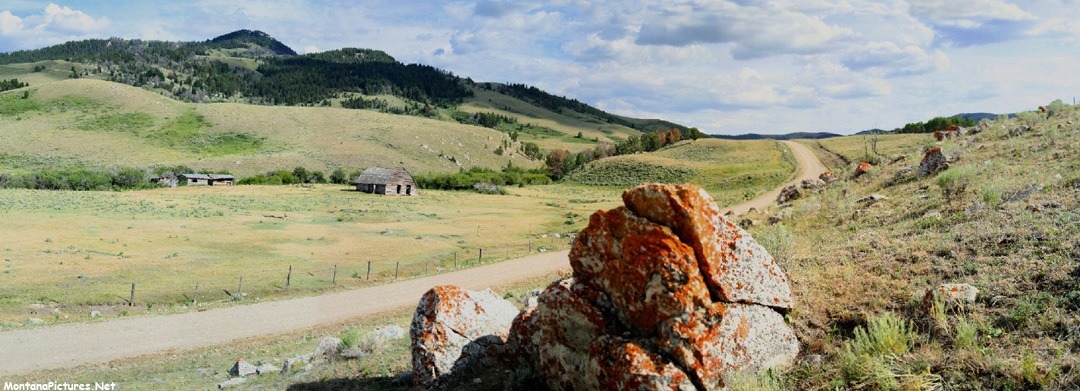
Centennial Valley Barns
Part of the joy of riding along the former M-Y Stage Road are the beautiful log barns and cabins found on each side of the road. The log barns in particular are unlike any other structures in Montana. The massive and unique barns harkens back to a hundred years ago when as many as 48,000 head of Centennial Valley cattle and 100,000 head of sheep were shipped out annually from the railhead in Monida, Montana.
Fan of Old Cabins and Barns?
You can find beautiful old Montana barns and cabins with a majestic mountain background by starting at the Mount Haggen National Wildlife Refuge east of Anaconda, Montana then follow the Continental Divide south to the Centennial Valley. Short on time? We posted a video on YouTube of 48 Montana antique barns scattered across the state of Montana.
Lakeview Montana
The former cattle and sheep ranching community traces it’s origins to the homestead of Levi Shambow and his family in 1888. The introduction of the M-Y Stage Line in June of 1898 gave the tiny town an economic boost until 1912. In 2006, Lakeview was purchased, completely renovated over five years, and is now owned by the Conservation Endowment Fund and managed by the International Center for Earth Concerns (ICEC) as the Centennial Valley Center (CVC).
Red Rock Lakes National Wildlife Refuge
In 1932, fewer than 70 trumpeters were known to exist worldwide, at a location near Yellowstone National Park. Warm springs provide year-round open waters where swans find food and cover even in the coldest weather. In 1935, Red Rock Lakes National Wildlife Refuge was established. The Works Progress Administration (WPA) constructed the fantastic refuge buildings, fire tower, and fences.
More to see of the Centennial Valley
The Centennial Valley is nearly 15 miles in width and over forty miles in length. So far you have only seen the southern half of this magnificent valley. On the next page of the SW Montana Centennial Valley Backcountry Tour. On the next page we spend the night on Red Rock Lake then ride north on Blacktail Road (Forest Service Road 202) towards Dillon, Montana.

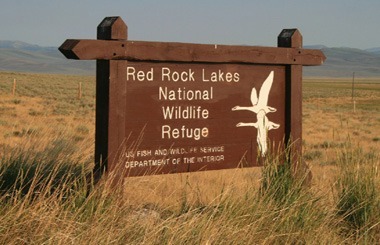
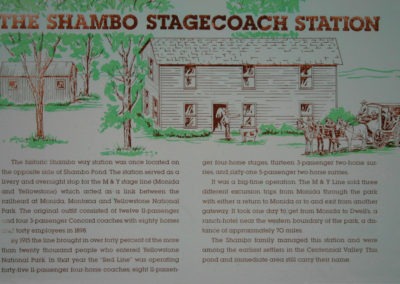
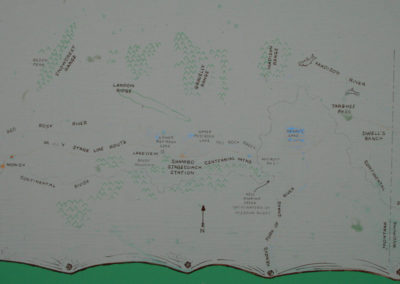
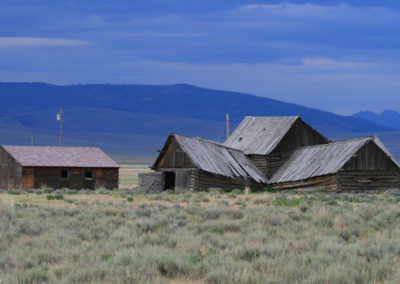
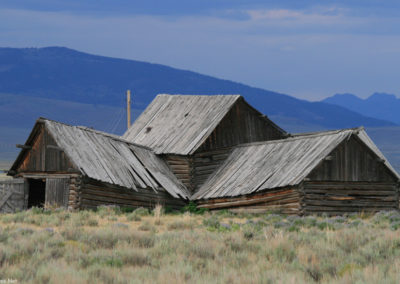
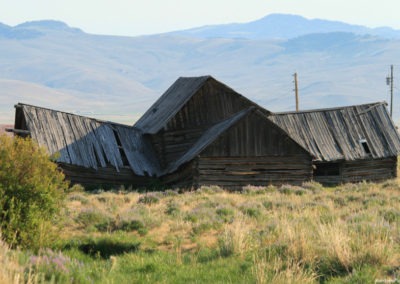
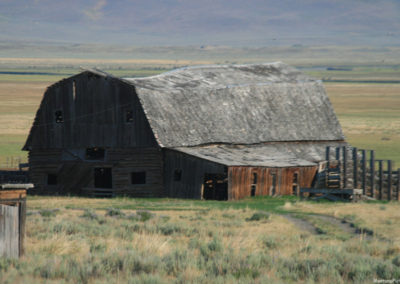
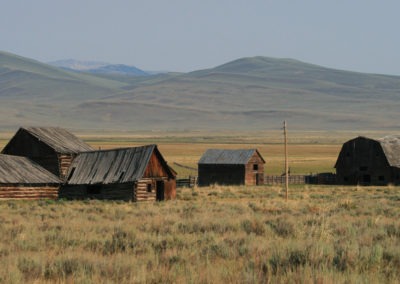
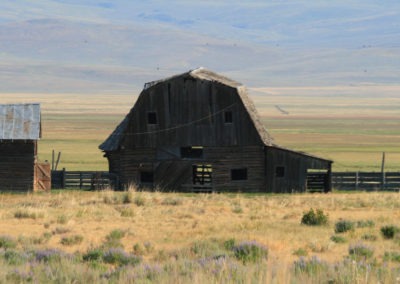
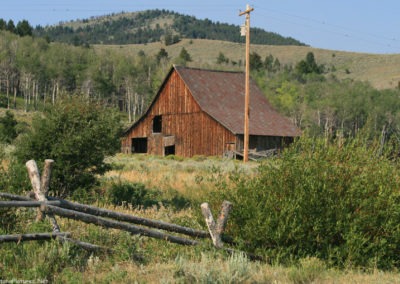
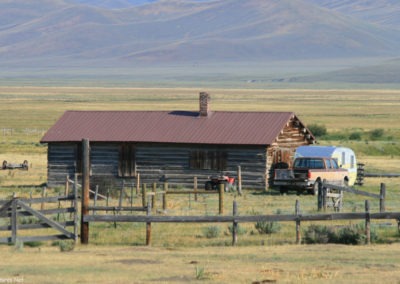
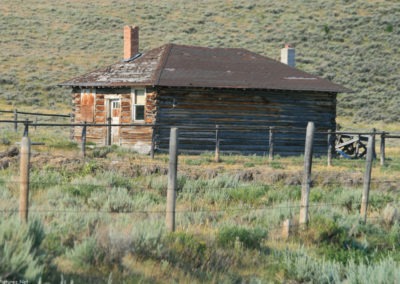
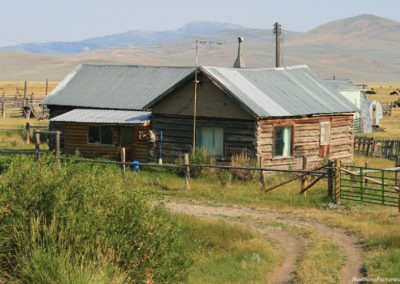
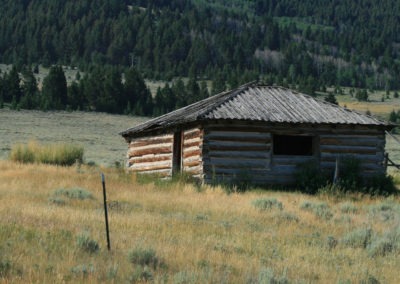
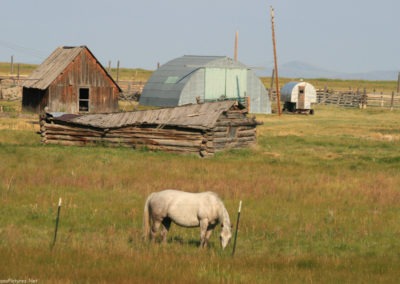
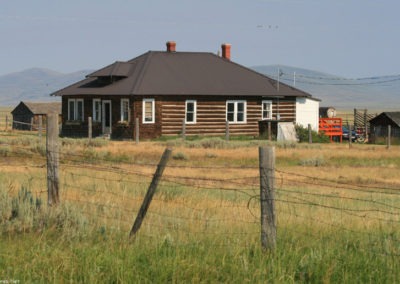
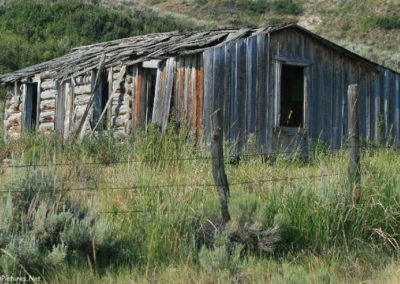
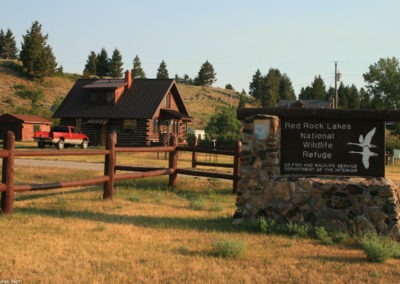
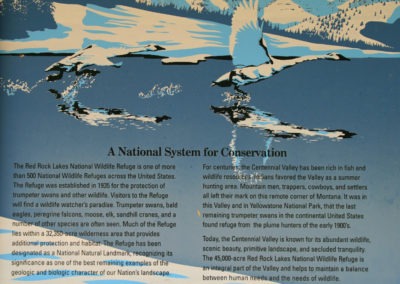
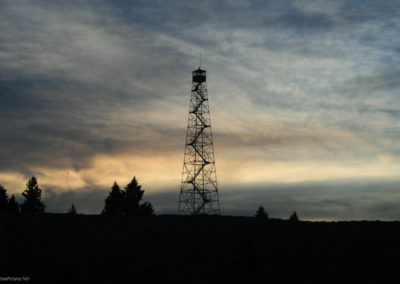
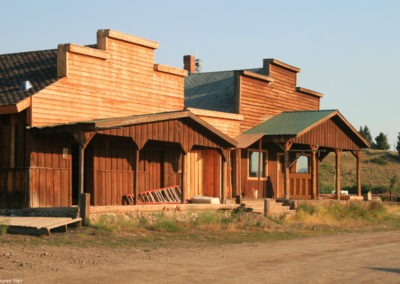
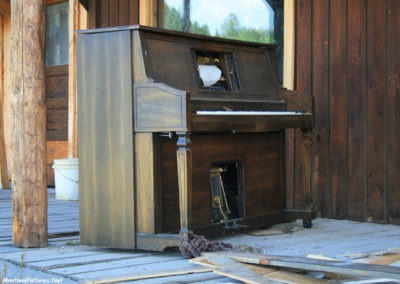
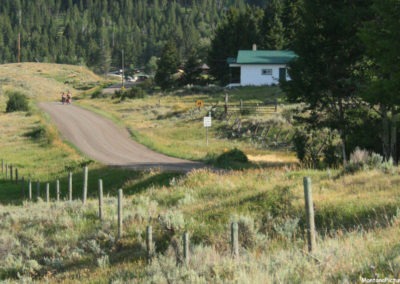
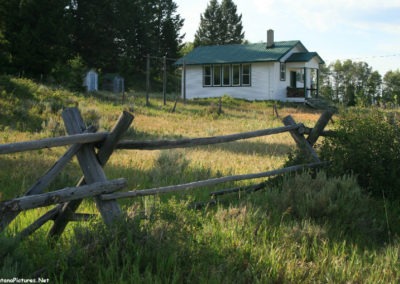
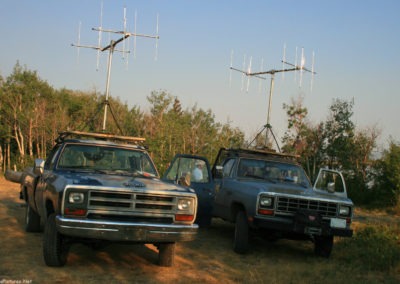
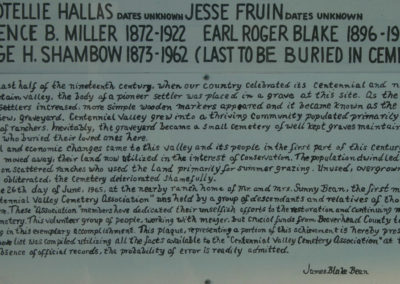
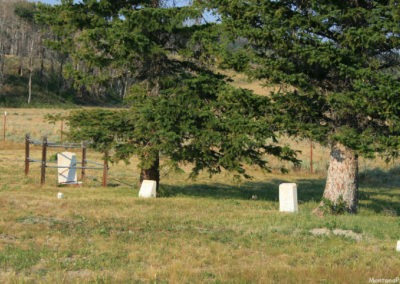
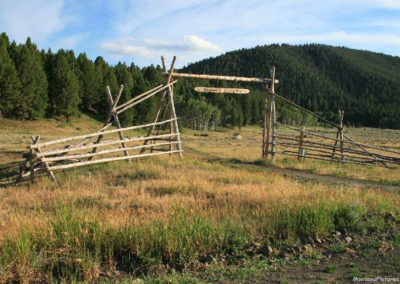
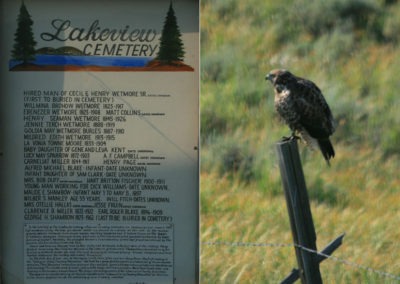
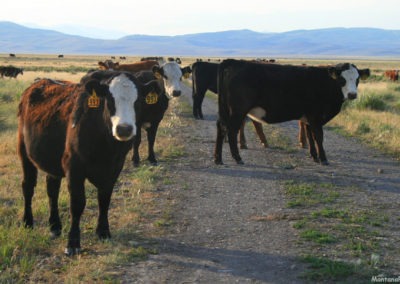
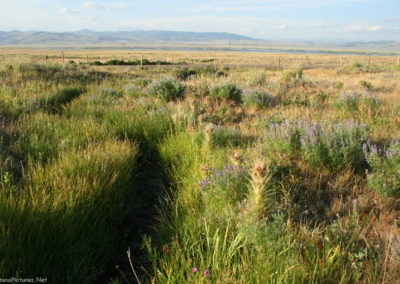
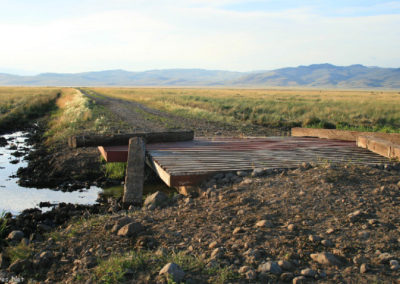
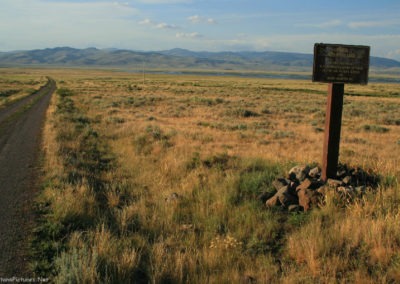
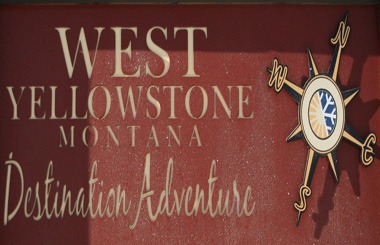
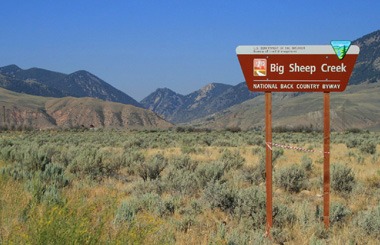
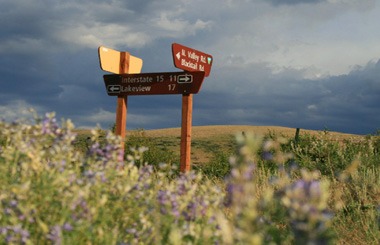
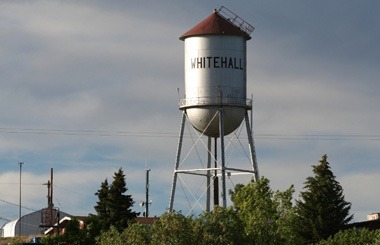
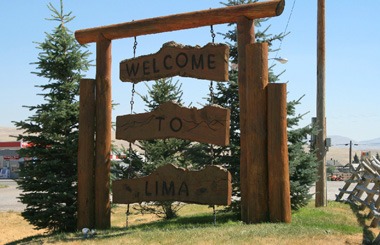
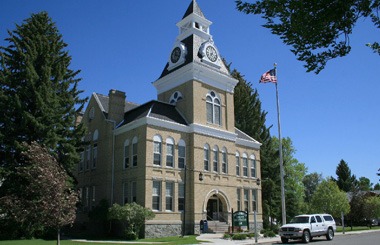
I really enjoyed reading your notes and photos of Centennial Valley. In the summer of 1956 I live in a one room log cabin on the edge of Lower RedRock Lake. My dad spent the summer assisting FWS and their study of lead shot and the Trumpeter swan. As a 10 year old, that summer made a big impression on my brother and I. We roamed the valley at will, thanks to a 1955 Oldsmobile that my dad lets us drive. In 1956 the stagecoach waystation structure was still standing at the base of Big Sheep Mountain. On one of our attemps to climb this mountain, we found dozens of fossils just above tree line. On another day, we drove the Olds up an old sheep herder trail on the backside to the top of Big Sheep. Next to the refuge was the 7L ranch where we volunteered to help branding and herding 500 head of cattle to BLM land east of Lakeview. My memories of Lakeview were seeing horses tied up in front of the RedDog Saloon, a boarding house that served lunches and of course the Refuge headquarters…not much else. I think there were only 3 kids our age in town. Thanks again to the contemporary tour…it sure brought back memories of a very special time in my life. I hope to make it back someday.
Frank Bellrose
P.S. I had no idea that grizzlies were abundant in the valley